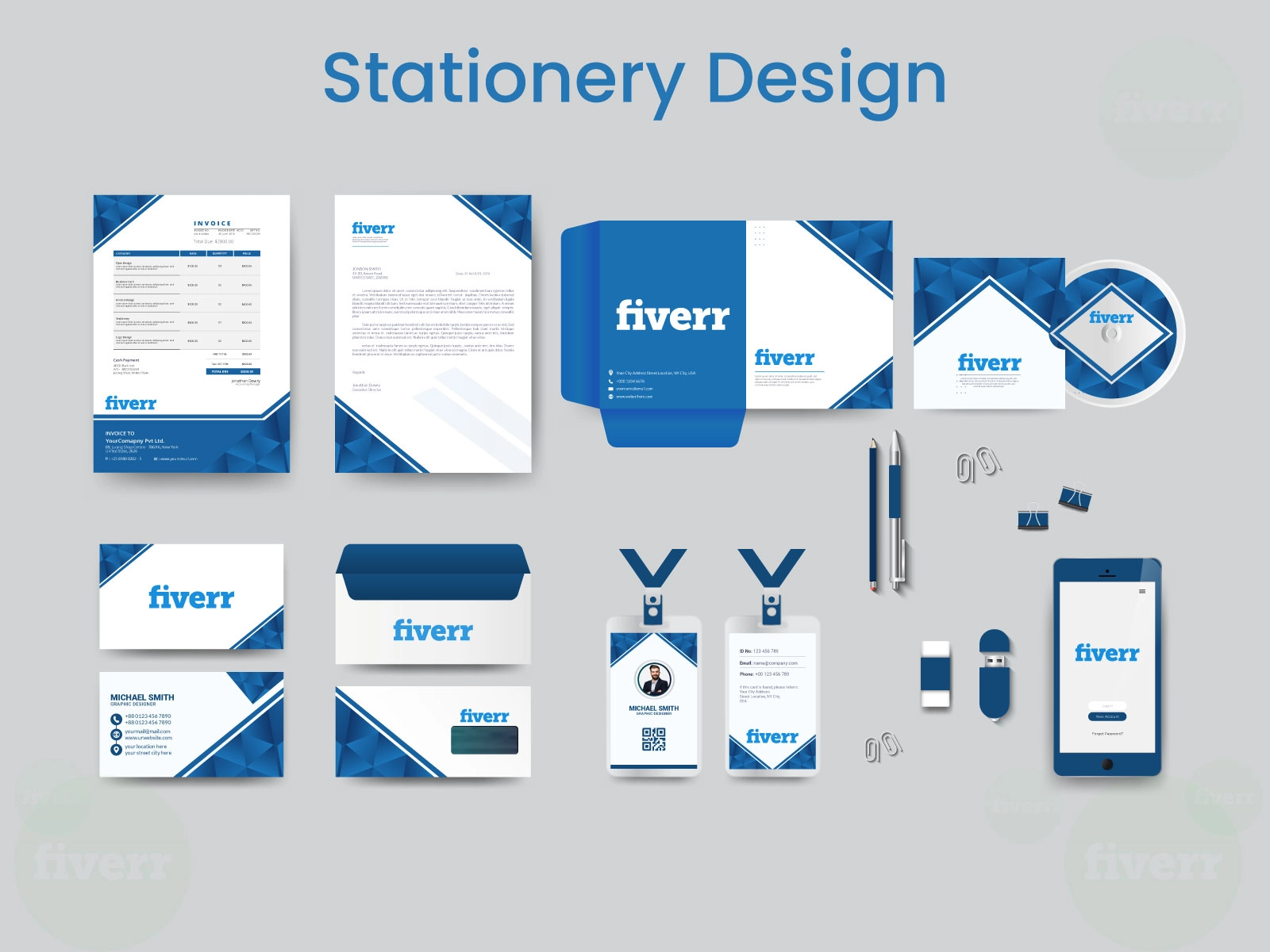Although the world has gradually moved towards digital technology, there still seems to be a revived curiosity in the potential of printed materials. You can see that printed items have value in the business world and business cards, brochures, letterheads or stationery design are all examples of this.
Those staid designs of our elders’ yearly bulletins or even the austere fonts of a client’s letterhead may pop into thoughts whenever you consider stationery. However, stationery exists in a range of styles, ranging from colorful and lively to sophisticated and polished, or anything in between.
And indeed the greatest thing is that you could always carry a piece of your branding in your pocket. A quick email could always make your point through, however there’s zero disputing the power of a personal note, either typed or handwritten.
What is the best way to organize the data?
The very initial stage is to determine the overall physical size of a stationery you’re creating. Letters in the conventional A4 format, and also A5 (quarter letters), envelopes, plus business cards, may be included in a package of items. Your content and brand materials will further constrain the quantity of available area.
Whereas a logo, street location, website link, mobile number, and email may all appear on the broad variety, based on the layout, the quarter paper and business cards may need to be reduced down to just the site.
After that, consider everything the stationery design should express and how it would be utilized. When a customer intends to write long messages on the stationery, then they would need extra spacing. They’ll likely require little if they only wish to scribble a private message by hand.
With enough blank space as well as a striking logo, the layout on the side organises its content. The big logo seems substantial, yet the cushion of negative space surrounding it prevents it from pulling down on the page.
How to do branding along with a logo?
It’s better to step onto the interesting part: the layout, when you’ve worked out the perfect framework for understanding the data. When you’re dealing with an existing design, consider how you might incorporate it into your overall identity.
To simply bind the goods altogether, this package ahead employs a simple 4 leaf flower emblem in various sizes and reversed colours. The biggest logo is barely half-way down the page, which adds to the background’s intrigue.
The letterhead is kept basic with plenty of blank space through this design. The matte colour of the envelope clashes wonderfully with the logo. It is an excellent example of how, when it relates to advertising, less is definitely better.
Decide about the colors
Although it’s common knowledge that subdued hues seem to be more sophisticated, remember that great design bends all the norms. Consider 2+2’s incredibly humorous concept for a consultancy company, for instance. It stands out with its vibrant palette and still being respectable and refined.
Is it appropriate for all brands? Never, specifically when colour has an influence on printing costs. However, this should undoubtedly assist the customer in standing apart in a congested marketplace of uninteresting advisory organisations! On the opposite side, notice how well the pure black and grey decor above gives a hairdressing space a basic heaviness.
Visual vs. typographical
Many firms have adopted a sleek, minimalist, or sophisticated aesthetic. Excessive visual elements are avoided in designs such as the images above and in favour of plain, honed language on every part of the corporate image. That’s also especially useful for customers who prefer their advertising to seem costly, smooth, and uncomplicated, such as builders, attorneys, and premium firms.
Printing processes plus final touches
It is indeed necessary to consider manufacturing now that you want a well, beautiful concept. This really is the moment to think about high quality printing alternatives if you would like your stationery design to really shine apart. Letterpress, heated foil stamp, or rear side print provide a touch of luxury to the envelope, which the receivers would be likely to encounter once they open them.
Whereas these solutions may charge so much to execute, but are definitely good investment if you want to appear out. Just a tiny regional printing company may well not be equipped to manage all of the extras, such as foil and stamping, so plan on using a professional printer.
Within this vein, it’s critical to know where the finished items would be produced prior to deciding on key style aspects. Would they be published in black and white on a standard workplace printer? Or by a high-quality inverse printer in samples? Perhaps it could be saved as a Document and emailed?
The concept’s intricacy must correspond to the amount of money you or the customer are willing to invest on execution. Keep in mind your documents are of sufficient quality and therefore in the right color area for the purposes for which they’ll be utilized.
It’s equally crucial to ensure that you do have the correct items at the completion of a procedure. One may create stationery or associated items with a variety of applications, just to ensure the final products aren’t excessively complicated (or too effortless) for the customers’ anticipated purpose.










